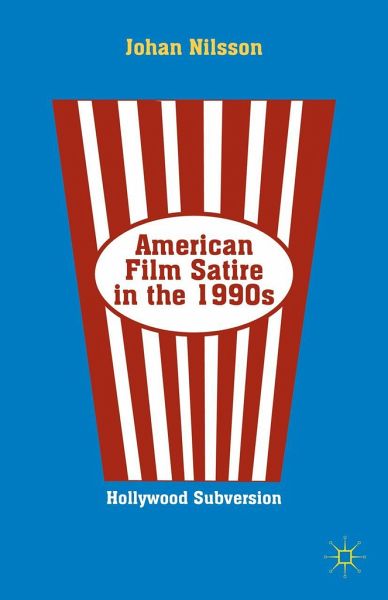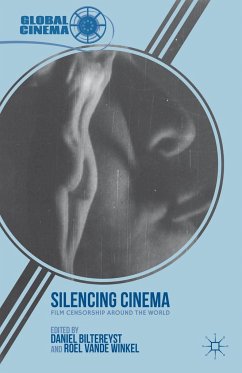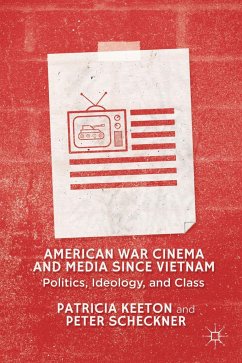
American Film Satire in the 1990s
Hollywood Subversion

PAYBACK Punkte
19 °P sammeln!
This study examines how a particular selection of films turned American cultural material of the 1990s into satirical experiences for viewers and finds that there are elements of resistance to norms and conventions in politics, to mainstream news channels and Hollywood, and to official American history already embedded in the culture.














